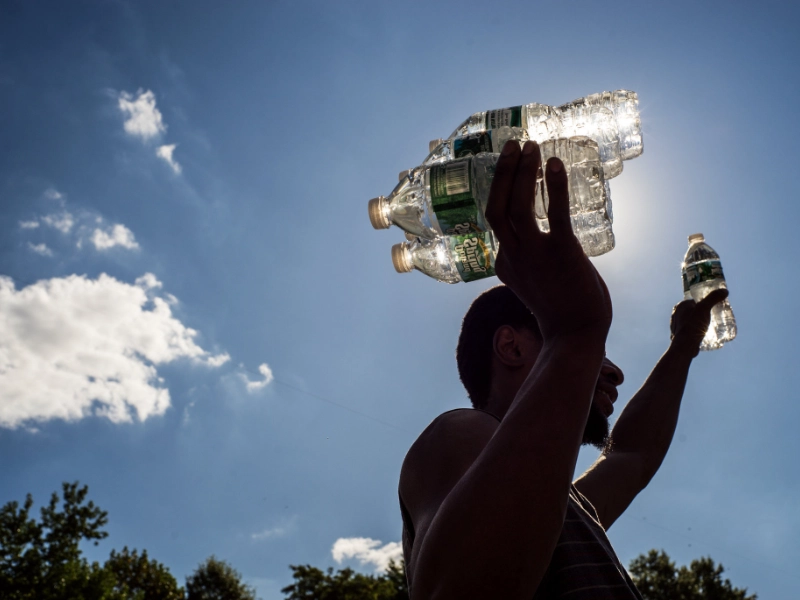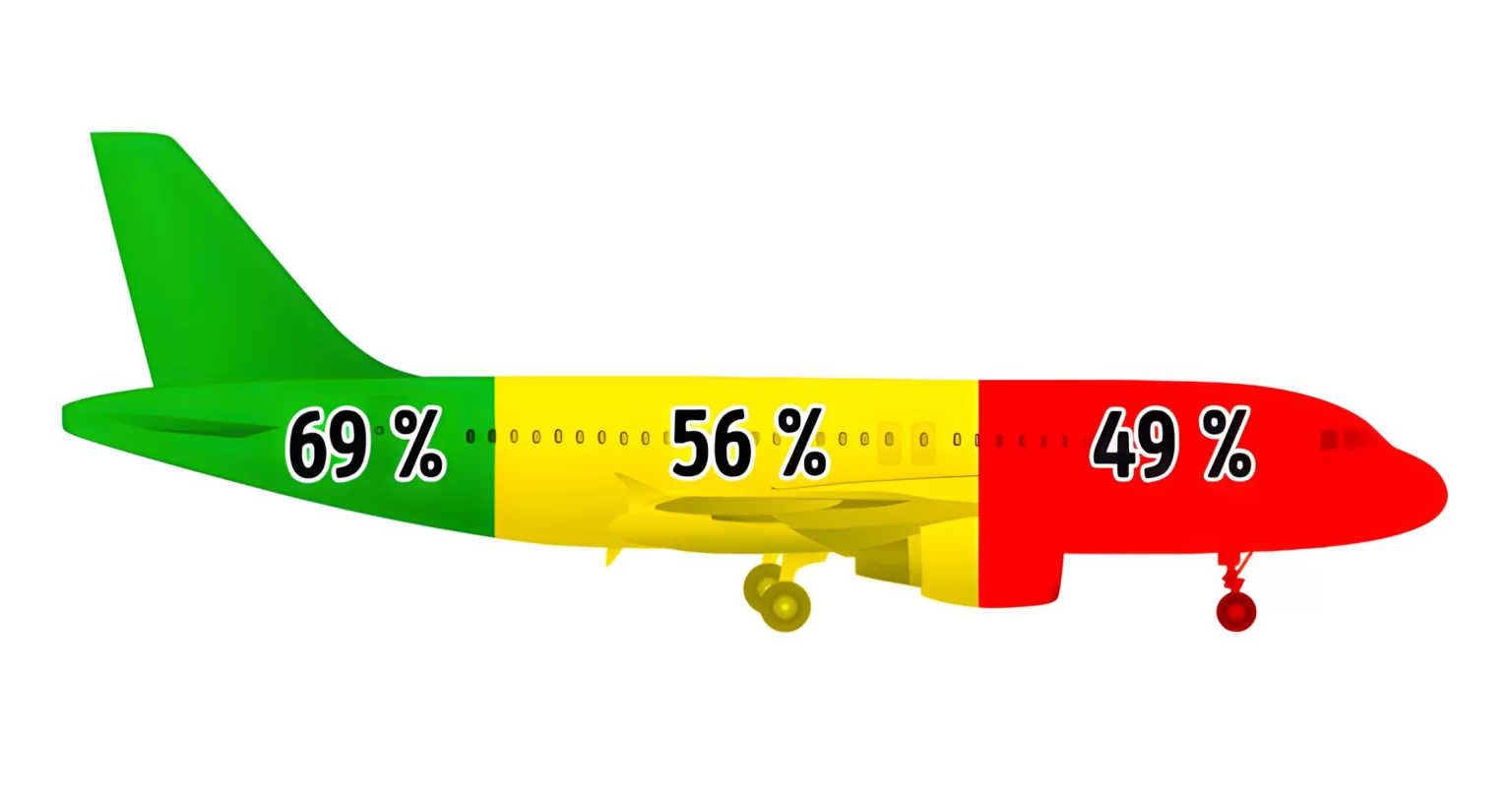The 8-Glass Myth: How This Old Advice Might Be All Wet
Advertisement
For many years, the standard of health advice has been to drink eight glasses of water daily. Recent studies, however, point to a possible lack of universal applicability for this rule. The 8-glass rule's beginnings, its ramifications, and what you actually need to know about hydration are investigated in this paper.
1. The Origin of the 8-Glass Rule

Advertisement
The "8 glasses a day" advice originated in a 1945 Food and Nutrition Board of National Research Council proposal. According to this advice, adults should drink roughly 2.5 litres of water every day—including food and all beverages. But with time, this suggestion was streamlined and misread as the now-familiar advise of having eight 8-ounce glasses of water every day.
Although it made remembering and following simple enough for most people, it neglected personal variances. A person's hydration demands can be much influenced by age, gender, activity level, and climate. Athletes or those who lead demanding physical activity, for example, can need more fluids to restore what they lose via sweat. On the other hand, someone living in a cooler environment with a sedentary lifestyle could need less.
Furthermore, this one-size-fits-all solution ignores the fact that fruits, vegetables, and other liquids are among the several sources of hydration. High water content foods like oranges, cucumbers, and watermelon help to hydrate you generally. Knowing the background of the 8-glass rule enables us to value its restrictions and the need of a more customised approach to hydration.
All all, the 8-glass rule started from a misreading of dietary recommendations. Although it is now generally agreed upon, it ignores personal demands and oversimplifies the complexity of hydration. Understanding its roots helps us to reassess our water intake and change our viewpoint to one more complex.
You May Like
Advertisement










